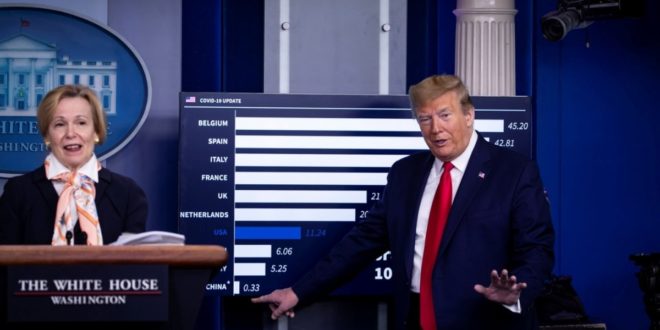Make no mistake: The global struggle with China is about to go to the next level. Or two. Or three. By triggering a global disease outbreak, the Chinese Communist Party’s reprehensible behavior crossed the last line, leaving other nations no recourse but to push back. Hard.
Make no mistake: The global struggle with China is about to go to the next level. Or two. Or three.By triggering a global disease outbreak, the Chinese Communist Party’s reprehensible behavior crossed the last line, leaving other nations no recourse but to push back. Hard.No longer can responsible nations tolerate the regime’s destabilizing interference around the world. Post-COVID-19, there will be a new world map, and this is what it is going to look like.
Nor does it appear there will be an appreciable post-Cold War version of the “non-aligned movement.” Indeed, all the traditional leaders of this cause, particularly India, seem busy trying to align themselves in one way or another.
 Geostrategic Media Political Commentary, Analysis, Security, Defense
Geostrategic Media Political Commentary, Analysis, Security, Defense





